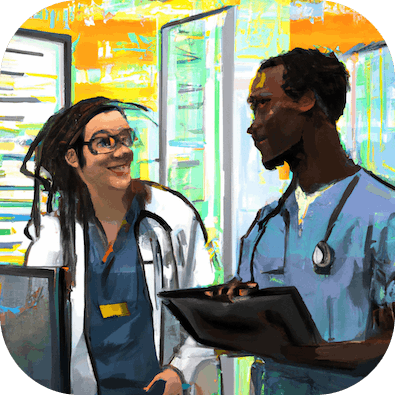In January 2022, I shared The Elements of Care Modeling framework as a way to organize efforts launching and iterating on new care models for good medicine. It lays out ideas to overcome seven predictable challenges ambitious care delivery companies tend to face:
- Patient acquisition: How do we help patients find us and establish care?
- Interaction modes: What channels do we use to interact with patients, and how do we manage utilization?
- Diagnostic range: What is the range of conditions we treat and what sources of data aid in diagnosis?
- Scope of interventions: What range of treatments do we provide and what safety measures are necessary?
- Care team collaboration: What range of roles do we have across our care teams and how do we attract and retain that talent?
- Content library: What repeatable content do we need for our care team and for patient communications, how do we make it or buy it?
- Payments: How do we optimize revenue across our various payment arrangements?
These questions tend to come up over and over again as customers grow, and we focus on helping them iterate quickly on Canvas to keep up the momentum. Altogether, the number of monthly active patients seen in care models built with Canvas has grown seven-fold since the framework post last year, and I have never been more optimistic about the future of care delivery:

To me, the most inspiring thing about this growth is that all our customers share total commitment to redefining Good Medicine. They have rallied around populations poorly served by the status quo, and they're working tirelessly to raise the standard of care for them: children struggling with mental health, seniors enduring the pains of aging, professionals suffering gut issues, adults with ailing hearts or failing kidneys. Good medicine is what these individuals need, it's what our customers are dedicated to — and it's what care modeling with Canvas is designed for.
Internally, as a company, we have used the framework to concentrate our product and marketing investments on the Care Modeling Platform capabilities our customers need. Looking back since the framework post, we have made a ton of progress on our mission to advance the practice of medicine through clinician-developer collaboration: dozens of FHIR API endpoints, new plugin capabilities, performance improvements, ONC-CEHRT certification, HITRUST cybersecurity certification, and hundreds of feature releases.
Looking ahead, we are committed to making it simpler and easier to get started with care modeling. We see it as our job to remove the barriers between care teams and developers to accelerate their collaboration on new care models. We have a lot of work in the pipeline to ease points of friction. You'll be hearing from me and the Canvas team soon and often as we release: better documentation, faster APIs, more complete SDK methods, and many more ready-made protocols you can use to launch and iterate on your care model faster than ever.

